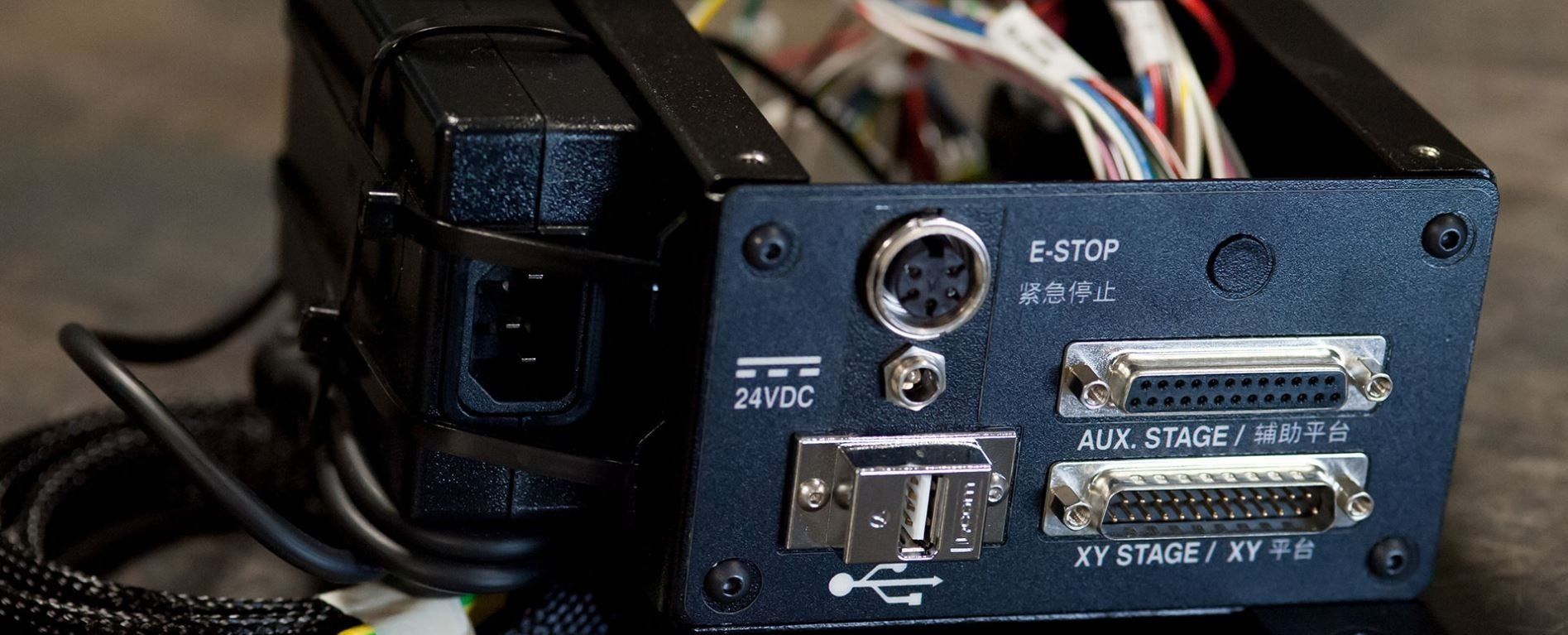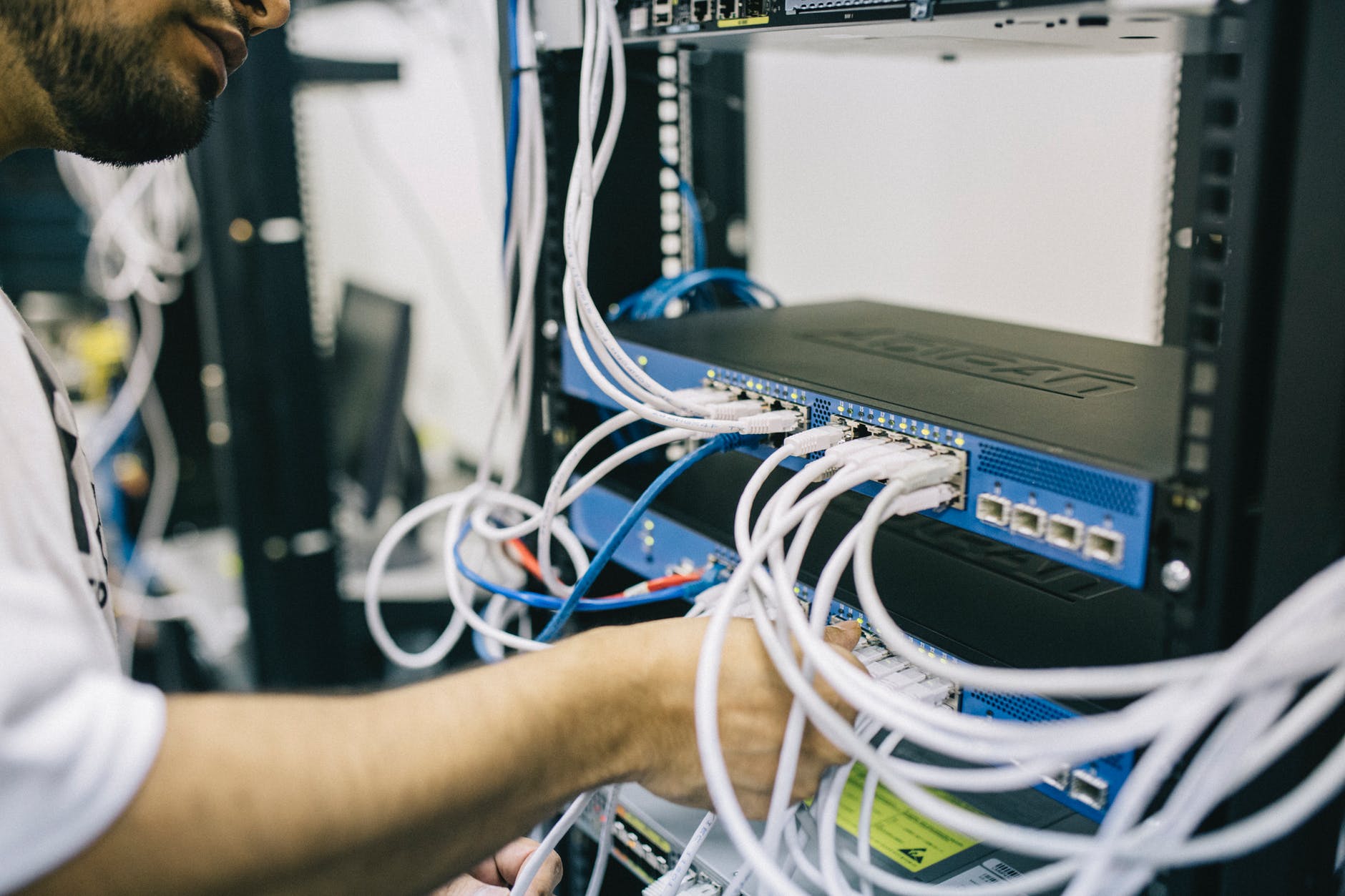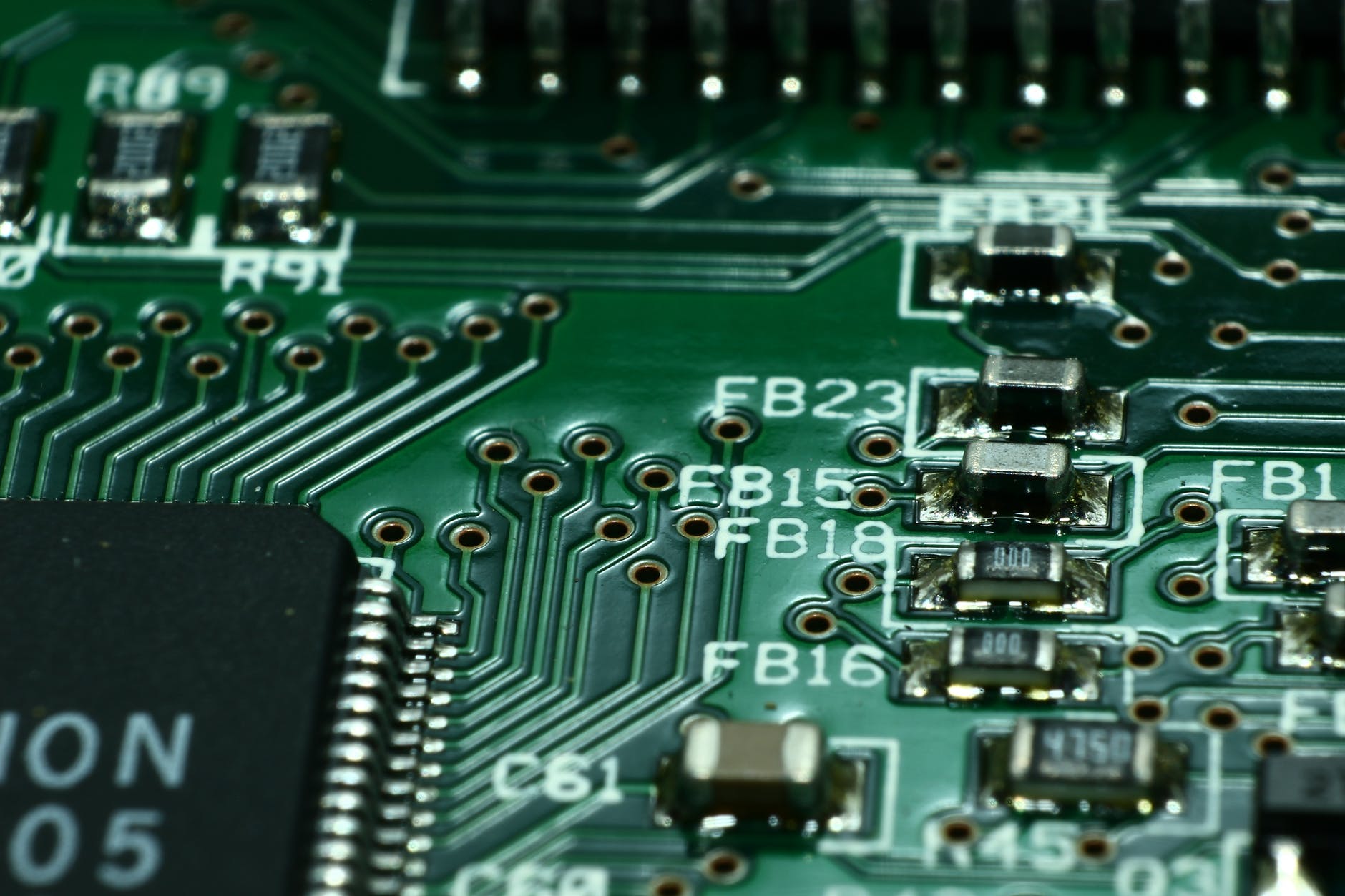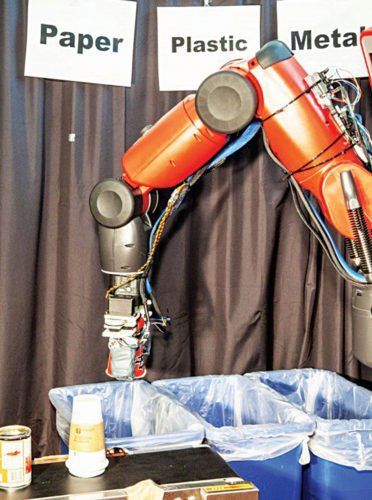Latest Developments In Electronics
The field of electronics is vast changing considering the changed and developments happening in the same. Each day something new is discovered extending the roof of electronics to cover more and more novelties. Let's dive into the prominent development's electronics.
Robots that can recycle
Yes, you heard it right! Scientists at MIT developed a robot arm that can segregate waste by touching them and knowing whether its paper, metal or plastic waste. The robot arm contains soft grippers that squeeze the material to understand what kind it is. In the mock test the robot was successfully able to classify 27 objects with 85% accuracy. The robot called RoCycle would sense the size and stiffness of the material with the help of sensors. Their major application will be in industrial recycling plants, apartments, universities etc.
(Credit: MIT Technology Review)
Human Friendly Robot for Ai- Blue
How would you like a robot at your home to accompany you, help you? Seems like a dream right. But not anymore, a team of researcher from University of California, Berkeley Pieter Abbeel, professor of electrical engineering and computer sciences at UC Berkeley, postdoctoral research fellow Stephen McKinley and graduate student David Gealy developed a low-cost human friendly robot to master basic and intricate human tasks. Blue has arms that are made of durable plastic and are sensitive to outside touch. Being cost effective is what makes Blue different.
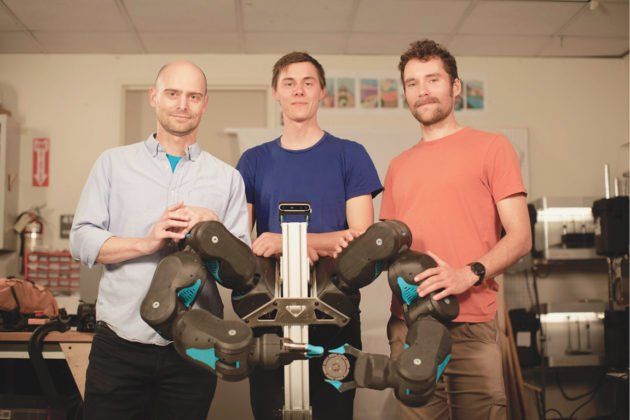
(Credit: UC Berkeley)
Ai To Predict the Useful Life Of Batteries
Scientists at Stanford University, Massachusetts Institute of Technology (MIT) and Toyota Research Institute revealed the solution to predict the useful life of lithium-ion batteries before the capacity wanes of using experimental data and AI. The algorithm predicted how many more cycles the battery would last based on voltage declines. The predictions were within nine per cent of the number of cycles the cells actually lasted.
MetaFly, The New Flying Experience
An aircraft that can be controlled using two channel remote developed by Edwin Van Ruymbeke and his team at BionicBird called MetaFly. It has a range of 100m, speed upto 18Km/hour. The 55mA lithium polymer battery gives 8minutes of flight with 20min charge. The device has a wingspan of 29cm, length of 19cm, with weight of less than 10g. The tail can be moved up and down giving users control over the flight & wings are made from carbon fiber and liquid crystal polymer.
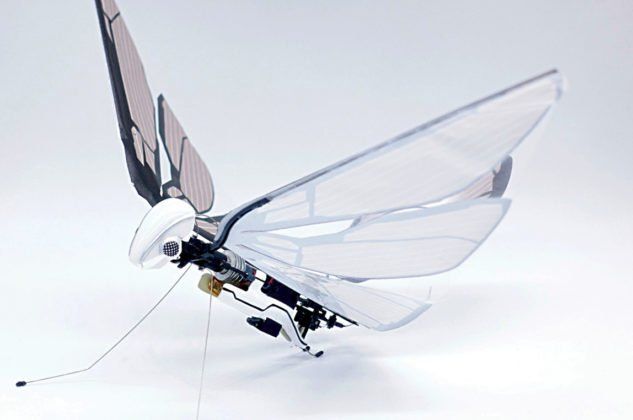
(Credit: www.engineering.com)
With development Internet of Things(IoT) and increase in connected devices it has led to the increased need of sophisticated electronic technology. With such developments robotics has paved way for new horizons.




